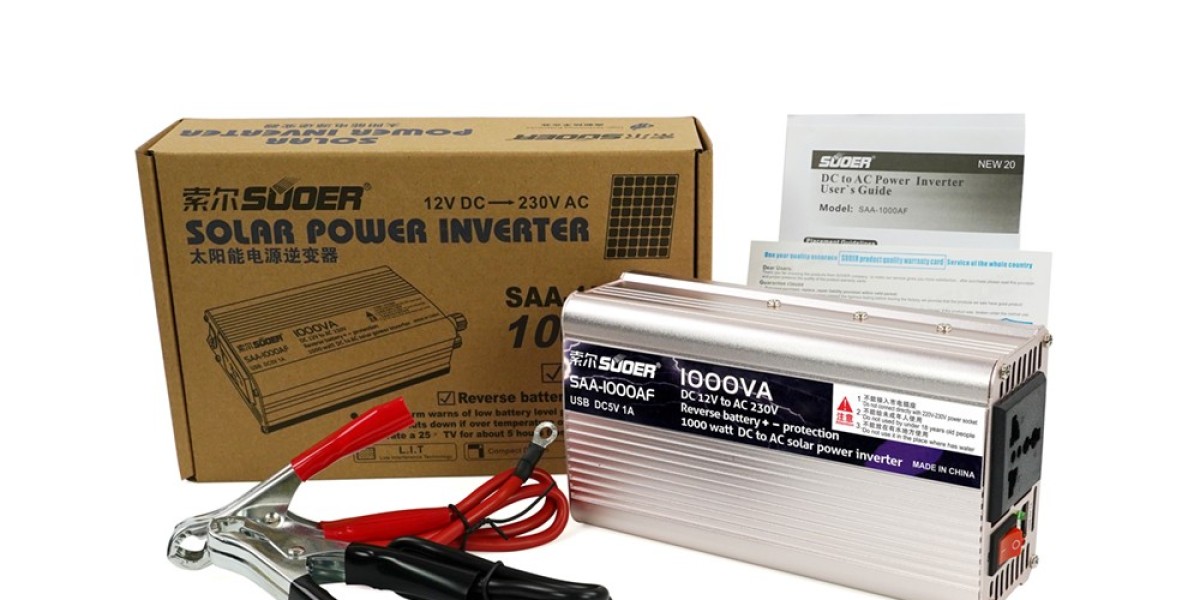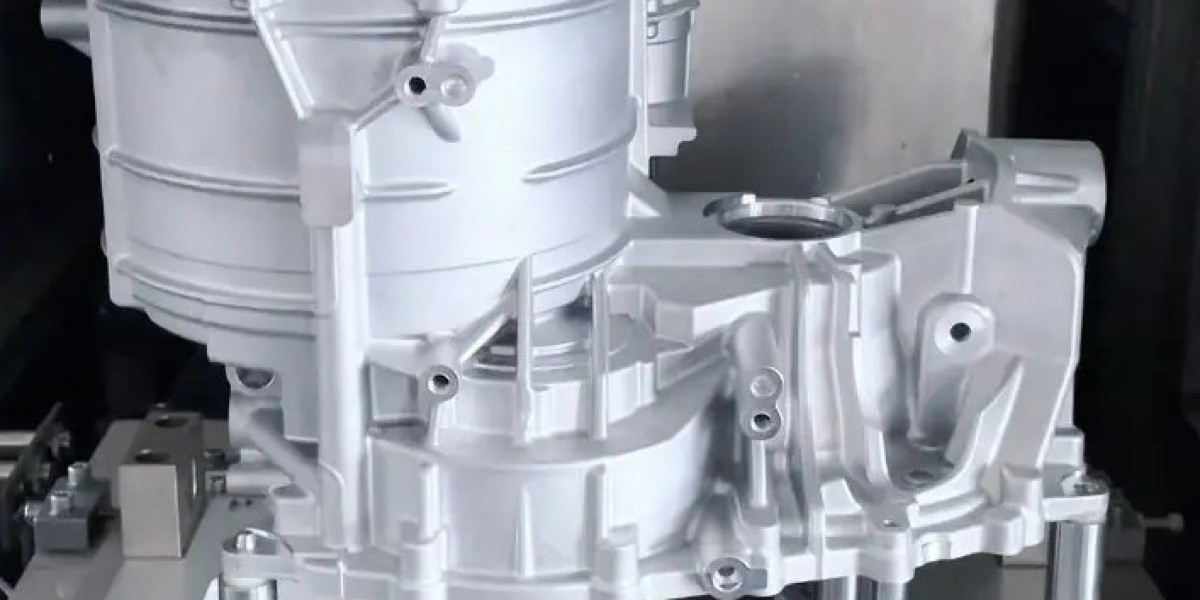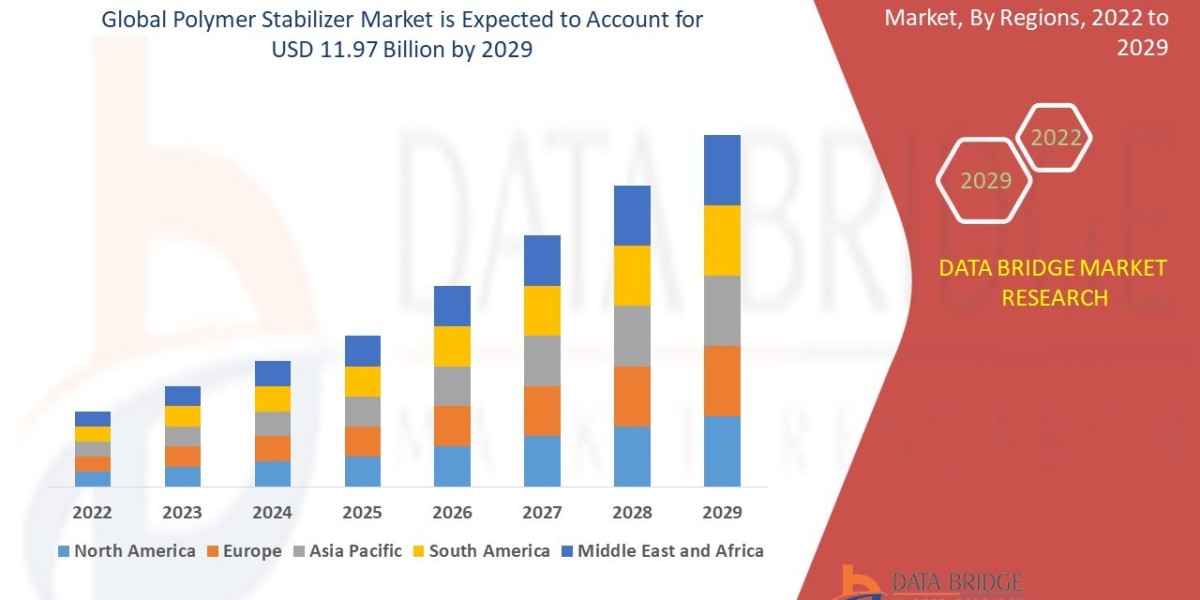What is an inverter?
One of the key components of solar power systems are the inverters- that we will be discussing here! inverters are devices that convert the direct current (DC) power that solar panels generate from the sun into the alternating current (AC) electricity that homeowners and businesses use. The two primary types of inverters used in solar systems are microinverters and string inverters.
Microinverters
Microinverters are tiny devices that you put on each solar panel. They are lauded for their effectiveness and adaptability, because each panel can work independently. This could make the entire system work better.
String Inverters
String inverters are larger and are wired to multiple solar panels at a time. They are typically less expensive than microinverters, but are not always as effective in all situations.
Cost and Installation
Microinverters are often more expensive than string inverters, but are easier to install. They may be coupled to each panel without involving complex wiring. When the system is being installed, this can be a time- and money-saver.
String solar inverters require more wiring and labor to install, which might make the over all costs more pricey. However, with small solar systems they are often less expensive. Considering how much you want to spend and the size of your solar project will be key in deciding between the two.
Which one is better?
The choice between microinverters and string inverters is all about whatever makes the most sense for you. If you’re looking to save money and have a small to medium solar system, string inverters will likely be your best bet. They work well in most homes.
If your project is large or you have special desires, microinverters could be preferable. They can assist each panel in doing its job better and also enable you to monitor how each one is performing. They are also good for set-ups with shading issues or challenging roof shapes.
Advantages and Disadvantages of Microinverters
There are a lot of benefits with microinverters. And they work really well, particularly in spots where shading or panel orientation is an issue. They also provide you with a glance at how each panel is performing in real time.
But microinverters may be pricier than string inverters, which can make costs appear higher initially. Because each panel operates independently, there may be more opportunities for trouble than with a string inverter.
Why Use Microinverters on Large Projects?
Though more expensive, microinverters are often the best approach for a large solar project. This efficiency can also allow for additional energy to be generated, potentially saving money down the line. The ability to monitor the system can assist locating and troubleshooting issues rapidly.
Conclusion
When choosing between microinverters and string solar pump inverters for your solar system, consider your needs and budget. While string inverters still may come at a lower cost for smaller systems, microinverters can be beneficial for bigger projects. In the end it will depend on what is important to you, and the type of solar ownership you desire.








